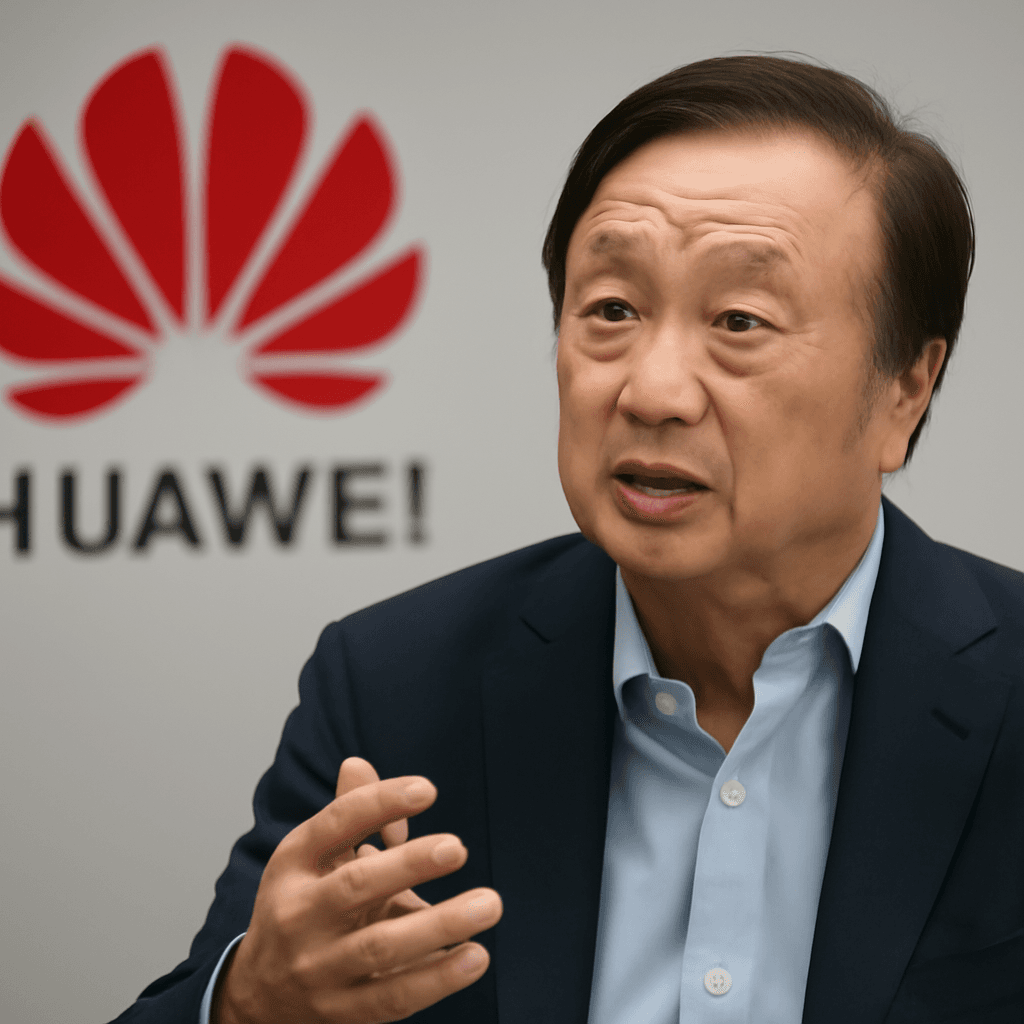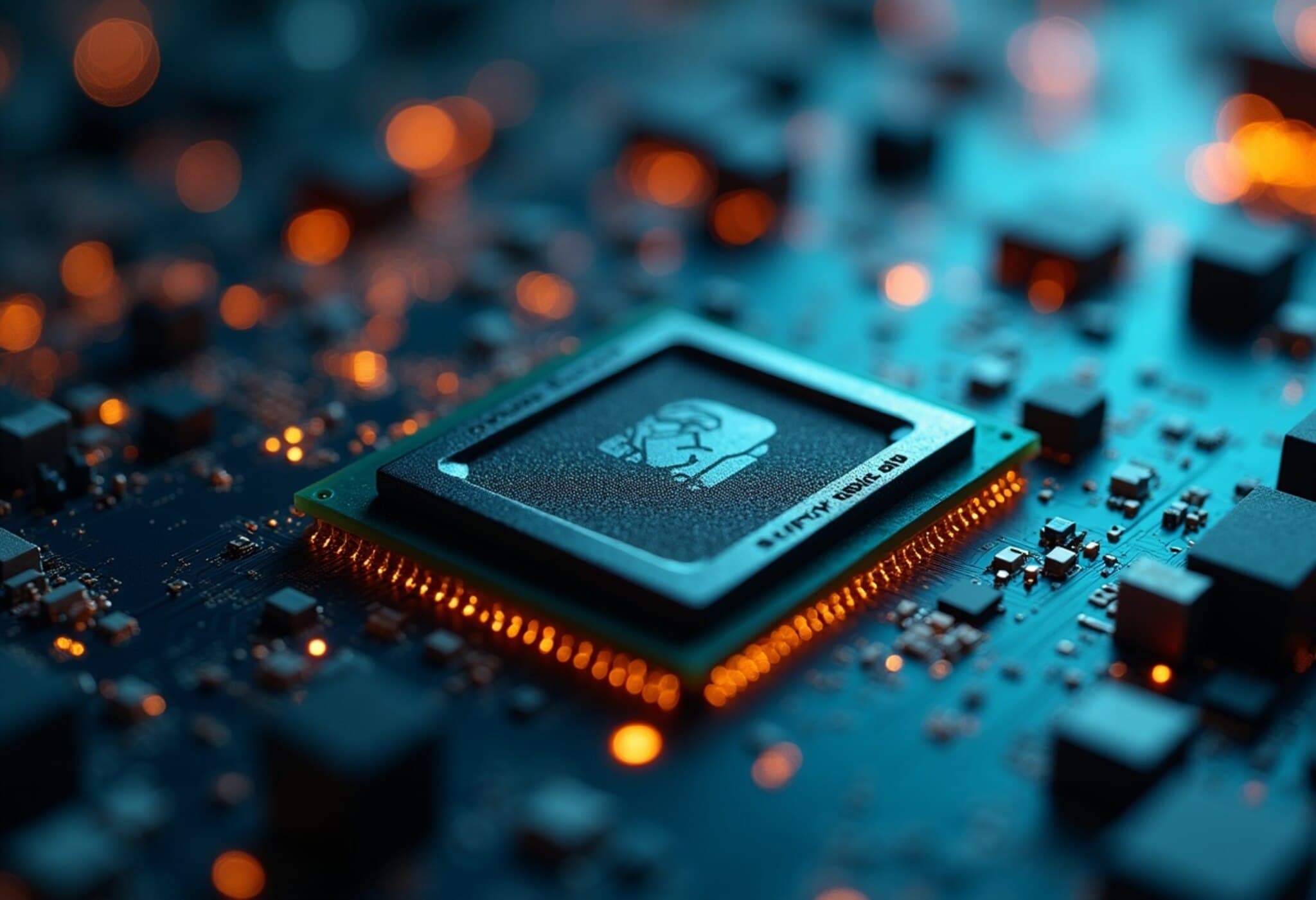China's Semiconductor Giant SMIC Navigates US Tariffs Without Expected Setbacks
In a landscape marked by escalating trade tensions and policy uncertainties, Semiconductor Manufacturing International Corporation (SMIC), China's leading chip foundry, has signaled a remarkable resilience to the ongoing U.S. tariff pressures. Speaking on a recent post-earnings call, Co-CEO Zhao Haijun revealed that the prohibitive tariffs imposed by the U.S. government have not triggered the 'hard landing' that many industry watchers initially feared.
U.S. Tariffs and SMIC's Strategic Response
After the Trump administration’s aggressive tariff escalation—pushing duties on Chinese goods to as high as 145%, followed by China's reciprocal levying of duties up to 125%—many companies anticipated steep financial and operational disruptions. SMIC, however, has taken a pragmatic approach. Zhao noted that the company did not have to re-negotiate with clients over the new tariffs; instead, robust contingency plans developed since April have cushioned the impact.
- U.S. semiconductors tariffs announced recently hover around 100%, selectively exempting firms manufacturing domestically in the United States.
- Despite blacklisting by the U.S. Commerce Department in 2020, SMIC continues to command a dominant position in China’s chip market, earning 84% of its revenue domestically in Q2 2025.
- U.S. sales form a smaller, yet slightly increasing portion of their revenue at approximately 12.9%.
Financial Performance Reflects Both Opportunity and Challenge
In the second quarter of 2025, SMIC posted a 16.2% year-over-year revenue increase, reaching $2.2 billion. Yet profits told a more nuanced story, sliding by 19.5% to $132.5 million and falling short of Wall Street expectations. This divergence suggests that while demand remains strong, heightened costs and geopolitical pressure are squeezing margins.
Market reaction was swift—SMIC shares listed in Hong Kong dipped over 5% following the earnings release, reflecting investor caution amid ongoing tariff uncertainties and profit misses.
Domestic Demand Drives Tight Capacity Until Autumn
Zhao emphasized that demand within China continues to surge, fueled by governmental pushes for self-reliance in technology and chip production amid global supply chain volatility. This domestic substitution has led to a production capacity crunch that is expected to last through at least October 2025.
Interestingly, Zhao highlighted that the cost impact to international customers remains restrained, with tariff-related cost increases below 10%. Many clients have already built up inventory buffers or diversified supply chains, which may dampen further tariff shocks.
Expert Perspective: Navigating the Geopolitical Chip War
SMIC’s situation underscores a broader narrative within the semiconductor industry: geopolitical tensions are forcing a reshaping of global supply chains. From an American policy viewpoint, while tariffs are designed to protect domestic manufacturing and technology advancement, they have also propelled Chinese companies like SMIC to accelerate domestic innovation and capacity expansion.
Economic analysts argue that this cycle might ultimately fragment the semiconductor ecosystem into competing regional blocs. The U.S. focus on incentivizing chip manufacturing on home soil—coupled with China's strategic investments and protective measures—means the industry is more intertwined with politics than ever.
Key Questions Moving Forward
- Will tariff escalation continue to provoke innovation and self-sufficiency rather than decimate revenues for companies like SMIC?
- How will global semiconductor supply chains adapt if production remains geographically siloed?
- What is the long-term impact on U.S. technological leadership if China fills gaps through domestic substitution?
Looking Ahead: A Balancing Act of Risks and Opportunities
SMIC's experience serves as a telling case of how multinational companies can navigate geopolitical turbulence with strategic agility. While tariffs inject immediate challenges, they also catalyze shifts in procurement strategy, supply chain resilience, and domestic market growth.
For policymakers, the SMIC case highlights the need for nuanced approaches that consider both economic and technological sovereignty imperatives, as well as the unintended consequences of protectionist trade measures.
Editor’s Note
The semiconductor sector remains a critical theater in the global technological rivalry. SMIC’s ability to weather intensified tariffs without a severe downturn signals both the resilience and complexity underpinning this industry. As the U.S. and China continue to navigate these contentious waters, the unfolding interplay between tariffs, corporate strategy, and domestic demand will shape not just chip markets but wider economic and security landscapes. Readers are encouraged to watch closely how chip supply chains evolve and to consider how such shifts affect broader technological competition and economic diplomacy.



















